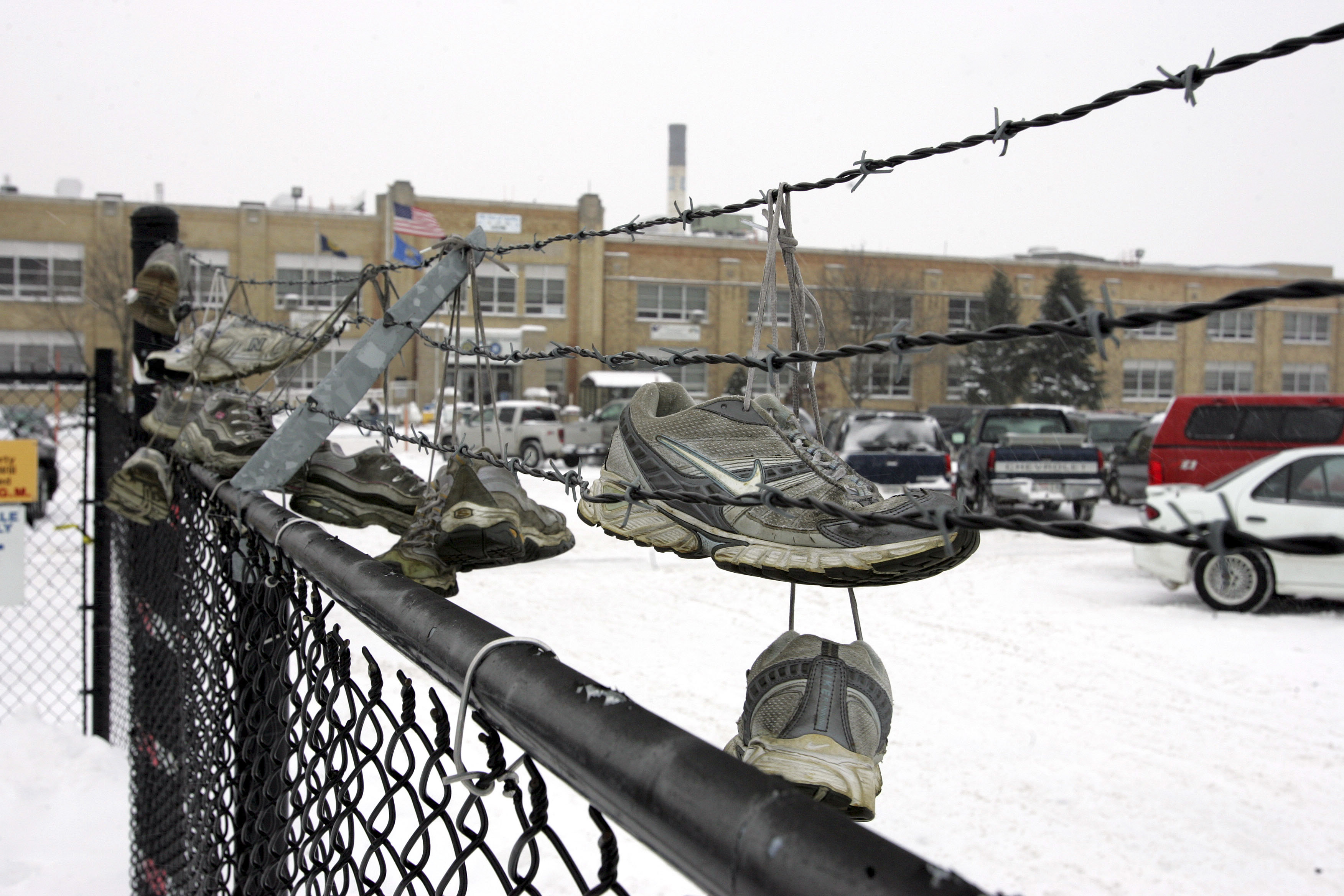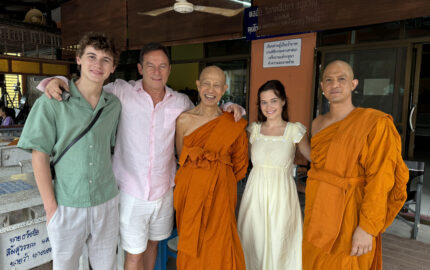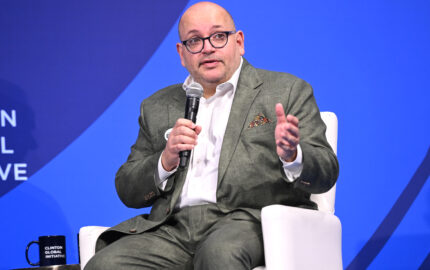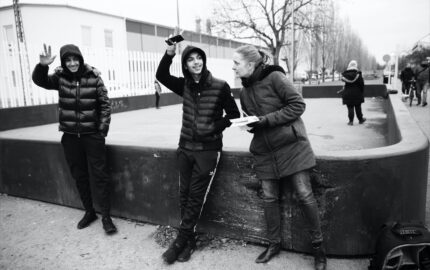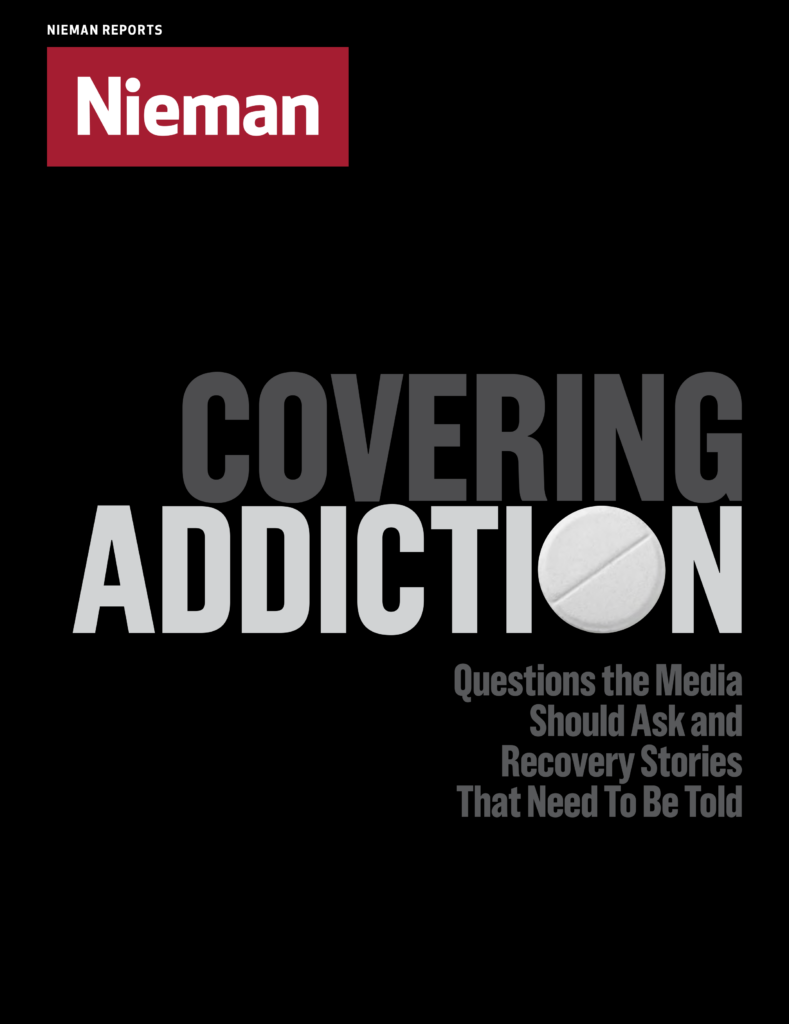
These days, there’s no shortage of news documenting the toll of the opioid epidemic, from profiles of lives cut short by an overdose to features about the collateral damage inflicted on children to articles presenting grim statistics. However, it is much tougher to report on how the U.S. should address it—or, more specifically, how to best treat the 21 million Americans who struggle with addiction—and coverage of recovery itself remains rare and often tangential, contributing to the perception that overcoming addiction is the exception, not the norm.
As media outlets shift from covering the problem of addiction to highlighting potential solutions and recovery, what’s needed is more perspective of people who have been drug-free for many years—and a focus not on what’s wrong with our treatment system, but how it can be fixed.
The house belonged to Representative Paul D. Ryan, who at the time was vacillating over whether to become Speaker of the House of Representatives. My Washington Post editors had sent me to write about the Republican congressman’s relationship with the old union town where his family goes back five generations—and to keep an eye on his house in case any sudden activity there might hint at which way he would decide.
The only activity I ever saw while casing the stately house was the congressman’s wife, Janna, hanging a large, fuzzy black spider on their front door for Halloween. She eyed my conspicuous little car crawling by, so I got out, and we exchanged pleasantries, but I learned nothing of her husband’s plans. In fact, I knew less about Ryan’s political calculations than a run-of-the-mill congressional reporter. But I knew a lot about this small city in southeastern Wisconsin. By then, I had been working for four years on a close-up of what happens when good jobs go away, focusing on this community that had lost the nation’s oldest operating General Motors assembly plant two days before Christmas of 2008, in the midst of the Great Recession.
The October days I spent on assignment just before Ryan became House Speaker were part of an interplay over a half dozen years between my longtime day job and my first book. During the recession of late 2007 through mid-2009, I was covering a broad social policy beat, and I wrote a couple of stories about what the terrible economy was doing to ordinary people. In southwest Florida, I found residents falling out of the middle class and onto welfare rolls. In South Carolina, I found food pantries strained by a huge influx of clients and dwindling donations.
Such reporting experiences instilled in me a sense that something profound was changing in the United States. And yet I was noticing that most of the plentiful journalism about the recession was trained on the macro view: unemployment statistics and political disputes over federal policies toward the auto and banking industries. A 2009 Pew Research Center study found that only 5 percent of stories on the economy were about its effects on average Americans. I became obsessed with telling this story. And because it seemed larger than even the Post could accommodate, I made a decision without precedent in my long, stable career: I would find a way to do it on my own.
Eventually, I lined up a foundation grant, a return to Cambridge—this time as a fellow at the Radcliffe Institute for Advanced Study—and a leave from my job. I got started in 2011. Several months in, it became clear that what I had euphemistically and nervously been calling “the project” was a book-in-waiting, and I summoned the nerve to ask the Post’s executive editor whether he might be open to not paying me for a second year. He was. Still, during the time out of my newsroom, I tried to keep its interests in mind. In August 2012, when GOP presidential candidate Mitt Romney picked Ryan as his running mate, I immediately contacted the editor of the Post’s Outlook section and wrote a piece about the clash between the congressman’s conservativism and his hurting hometown’s needs. Months later, when I published (with my Post editors’ permission) a lengthy freelance piece in ProPublica on job-retraining as I saw it in Janesville, I provided my newspaper a streamlined version to run. And on it went until I was chatting with Janna Ryan about her Halloween decorations.
By the time my book came out last spring, the Post had granted me a remarkable three years of leave time, and I had stitched together a patchwork of support and/or affiliations from two foundations, three universities, and a pair of think tanks. I also had been around my newsroom to cover the initial meltdown of HealthCare.gov; take a long look back at Hillary Clinton’s role in health reform in the 1990s, and co-write a chapter for a group-reported Washington Post biography of Donald Trump. My publisher, Simon & Schuster, gave the Post first dibs on a book excerpt. Two days before the publication of “Janesville: An American Story” (the paperback is being published Jan. 2), nearly 4,000 of its words appeared in the Sunday paper, along with lovely, moody pictures of the town made by a freelance photographer the Post had hired. The symbiosis had come full circle.
